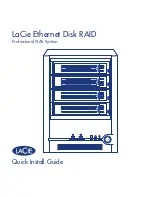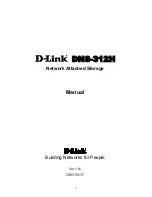
Chapter 4. Continuous availability and manageability
159
Blind-swap PCI adapters
Blind-swap PCI adapters represent significant service and ease-of-use enhancements in I/O
subsystem design while maintaining high PCI adapter density.
Standard PCI designs supporting
hot-add
and
hot-replace
require top access so that
adapters can be slid into the PCI I/O slots vertically.
Blind-swap
allows PCI adapters to be
concurrently replaced without having to put the I/O drawer into a service position.
Firmware updates
Firmware updates for POWER6 processor-based systems are released in a cumulative
sequential fix format, packaged as an RPM for concurrent application and activation.
Administrators can install and activate many firmware patches without cycling power or
rebooting the server.
The new firmware image is loaded on the HMC using any of the following methods:
IBM distributed media such as a CD-ROM
A Problem Fix distribution from the IBM service and support repository
Download from the IBM Microcode Web site:
http://www14.sosn
FTP from another server
IBM supports multiple firmware releaso under expected circumstances, a server can operate
on an existing firmware release, using concurrent firmware fixes to remain updated with the
current patch level. Because changes to some server functions (for example, changing
initialization values for chip controls) cannot occur during system operation, a patch in this
area will require a system reboot for activation. Under normal operating conditions, IBM
intends to provide patches for an individual firmware release level for up to two years after first
making the release code generally availability. After this period, you should plan to update so
that you can remain on a supported firmware release.
Activation of new firmware functions, as opposed to patches, will require installation of a new
firmware release level. This process is disruptive to server operations because it requires a
scheduled outage and full server reboot.
In addition to concurrent and disruptive firmware updates, IBM also offers cohat include
functions which are not activated until a subsequent server reboot. A server with these
patches operates normally. The additional concurrent fixes are installed and activated when
the system reboots after the next scheduled outage.
Repair and Verify
Repair and Verify (R&V) is a system used to guide a service provider, step by step, through
the process of repairing a system and verifying that the problem has been repaired. The steps
Note:
Additional capability is being added to the POWER6 firmware to be able to view the
status of a system power control network background firmware update. This subsystem will
update as necessary, as migrated nodes or I/O drawers are added to the configuration.
The new firmware will not only provide an interface to be able to view the progress of the
update, but also control starting and stopping of the background update if a more
convenient time becomes available.
Summary of Contents for Power 595
Page 2: ......
Page 120: ...108 IBM Power 595 Technical Overview and Introduction...
Page 182: ...170 IBM Power 595 Technical Overview and Introduction...
Page 186: ...174 IBM Power 595 Technical Overview and Introduction...
Page 187: ......
















































